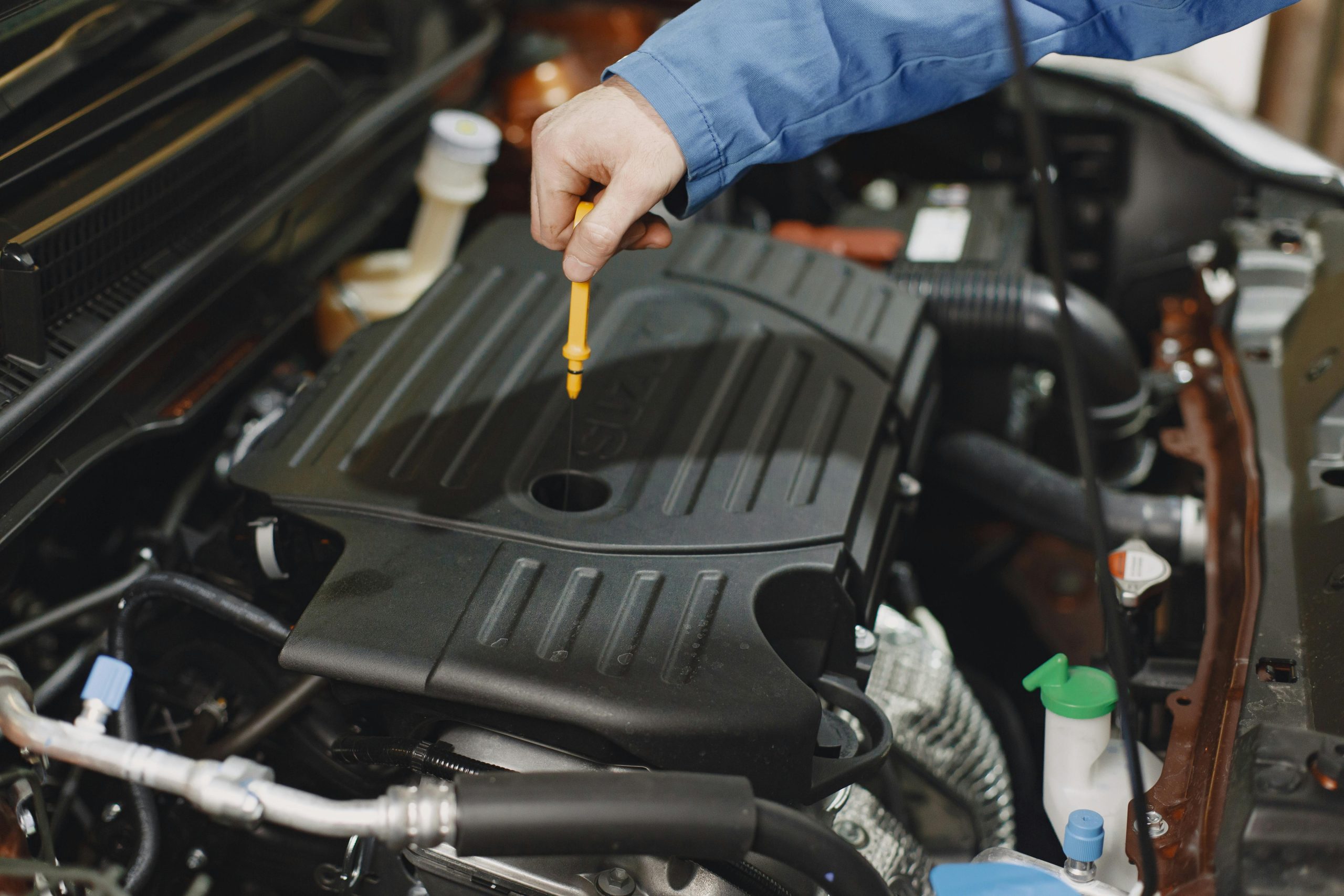Engine Oil Checking Methods in Cars, Bikes, Trucks
by Mark Hunt

Vehicle maintenance is important—as you all know. One of the most important ones is to check the engine oil so that it can run smoothly without damage. Check Engine Oil in Cars, Bikes & Trucks: This is a comprehensive guide to checking engine oil. The process varies for each type of vehicle, so it is important to be aware of the distinctions.
Checking Oil in Cars
- Preparation: Before starting, park the car in a level place. Shut down the engine and allow it a couple of minutes to cool. It makes sure that it does not read it and burns your fingers on a hot component.
- Locating the Dipstick: Under the hood, locate the dipstick — Usually, it has a bright handle and is easily found. Remove it entirely, and then take a lint-free cloth and clean it out. This clears old oil out and gives a clear reading.
- Measuring the Oil: Put the dipstick back in and take it out once more. Check that the oil level falls between the min and max lines. If it is under the minimum, then top up with the recommended type of oil. Don’t overfill it; this will affect the engine.
- Final Steps: If you have added oil, wait a couple of minutes and check again. Before closing the lid, make sure the level is correct. These regular checks not only help maintain the vehicle but also provide good health and performance for the engine.
Checking Oil in Bikes
- Initial Setup: With the situation here packaged a little differently, this bike needs a different sort of touch. Put the bike on a centre stand or make sure it’s vertical. It is a reliable indicator of how much oil is left.
- Finding the Oil Cap: The oil cap is typically located on the side of the engine. Unscrew it and wipe it down with a cloth. A few bikes have a dipstick on the cap, and some other bikes have a sight glass.
- Checking the Level: If you take the measurements with a dipstick, put it without turning in the oil tank. Behind the test, you must extract it while it is between the marks on the scale. If you have a sight glass, look at the oil level.
- Adjusting the Oil: If necessary (specific to what has been mentioned in the manual), add oil. Do not overfill, as it may impact performance. Wait about 5 minutes, then check the level for accuracy.
Checking Oil in Trucks
Preparation:
Trucks have bigger engines, so you must be far more alert to the oil level. Park in a stable location, shut off your engine, and let it cool down.
Locating the Dipstick:
Lift the lid and locate the dipstick, which is usually indicated with a bright colored handle. Take it and clean its inside. This guarantees a clear reading.
Measuring the Oil:
Push the dipstick all the way in, then remove it. Check that the level lies between the minimum and maximum indicators. If needed, follow the manufacturer’s instructions to add oil.
Final Inspection:
After the oil has been added, allow it to sit for a couple of minutes. After placing the level again, verify whether it reads correctly. Put the dipstick back in place and close the hood. Routine inspections help keep the engine working properly.
Importance of Regular Checks:
Check oil regularly to avoid wear and tear on your engine, which can result in expensive repairs. Oil lubricates moving parts, minimising friction and heat. Ignoring this seemingly simple task will eventually ruin an engine. By being vigilant, automobile proprietors can maximise engine life and sidestep these abrupt internal complications of vehicles breaking down.
Conclusion
Engine Oil: Checking engine oil is easy and slightly different in cars, bikes, and trucks. By adhering to these steps, car owners can ensure that their engines operate seamlessly. Truly, Regular maintenance can improve performance and provide great relief—free yourself from worries. Checking the oil is one of those good habits any car owner should have.
See also: electric car charger installation
Vehicle maintenance is important—as you all know. One of the most important ones is to check the engine oil so that it can run smoothly without damage. Check Engine Oil in Cars, Bikes & Trucks: This is a comprehensive guide to checking engine oil. The process varies for each type of vehicle, so it is…